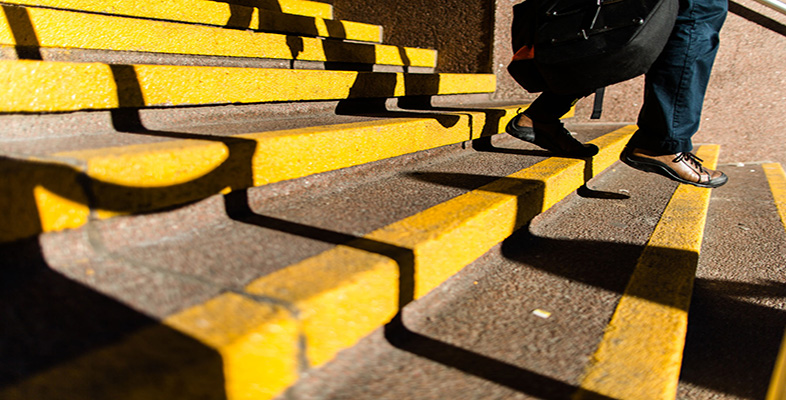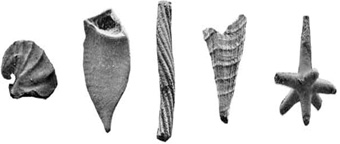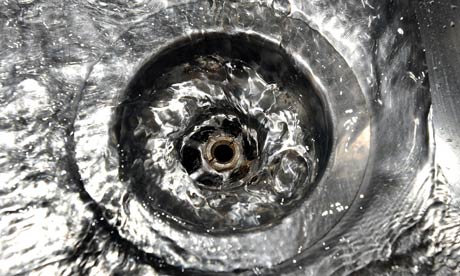4 Reflecting on science, technology and maths
This issue of science being specialised, and even a bit scary was mentioned in Week 6. This week introduced science, technology and maths as well as looking at how information is communicated in these subjects and the value of diagrams and graphs. Week 7 continued this focus but used the case study of water.
Take a look back at Week 6 [Tip: hold Ctrl and click a link to open it in a new tab. (Hide tip)] to remind yourself. When you have done this, you should do the next activity.
Activity 6 Reflecting on communicating ideas
This is an opportunity to think about how your understanding of science might have changed.
Answer the following questions:
| Now | What's changed? | |
|---|---|---|
| ||
| ||
| ||
| ||
|
Comment
This activity asks you some questions that should get you thinking about your learning in Week 6 of the course. The concept of ecosystem is an important one but the focus of this week was mainly on understanding how ideas are communicated in these subjects. These methods of communication, including graphs and diagrams are vital irrespective of the particular topic being studied. It is also important to realise that information conveyed in numerical form has to be read with the same questioning approach at university level as you would apply to any other source of information. It’s probably true to say that there are more definite answers in science, technology and maths subjects, especially in maths. If you answered ‘yes’ to question 5, this is perhaps a reflection of your preference for such answers compared to the rather more indefinite answers provided by arts and social science
Activity 7 Reflecting on the study of a science topic
This is a further opportunity to think about how your understanding of science might have changed, in relation to the topic of water.
Answer the following questions:
| Now | What's changed? | |
|---|---|---|
| ||
| ||
| ||
| ||
|
Comment
This activity asks you some questions that should get you thinking about your learning in Week 7 of the course. The concept of ecosystems remained an important idea but the focus was on the case study provided by water. Using a case study is a useful way to focus learning and develop understanding. Case studies are found in many different subjects including, for example health and social care courses. The use of numerical forms of information was also continued from Week 6 so it’s worth repeating that number-based information has to be approached like any other information – with caution. Again, if you answered ‘yes’ to question 5, this is perhaps a reflection of your preference for such answers.
The previous activity marked the end of the reflection part of this chapter. The section began with an image of a rear view mirror. This is helpful but it’s a bad idea to spend too much time gazing at this view, especially if this is at the price of not looking where you are going. The next section begins to outline where your journey might take you.


